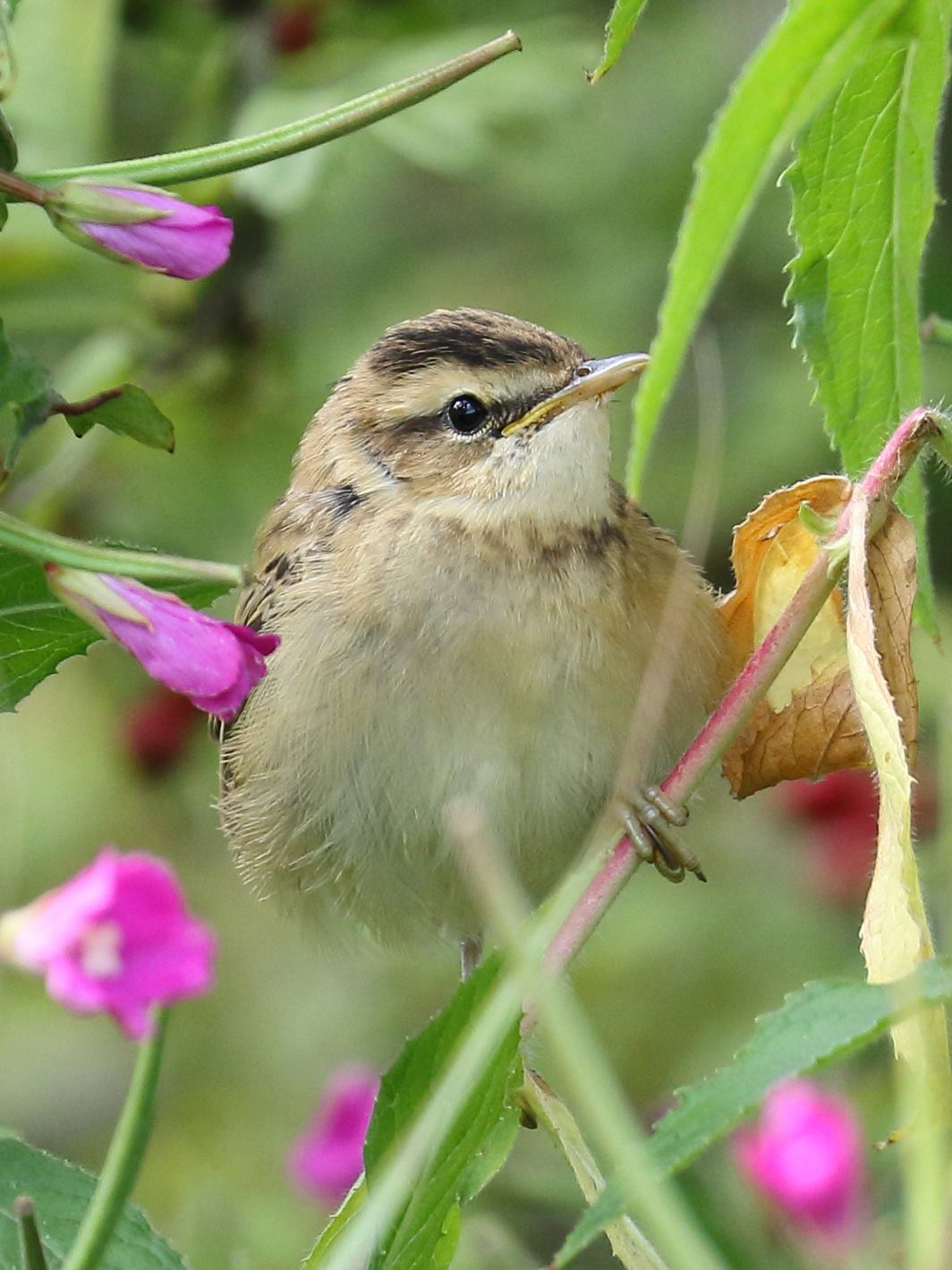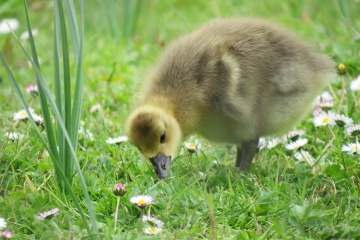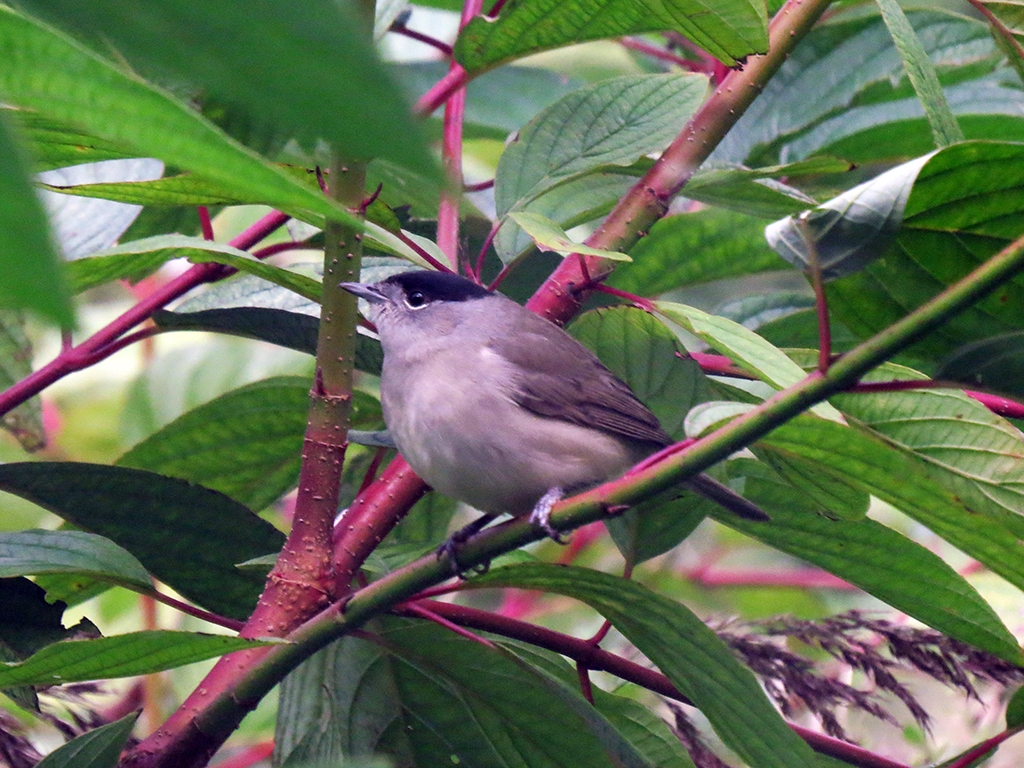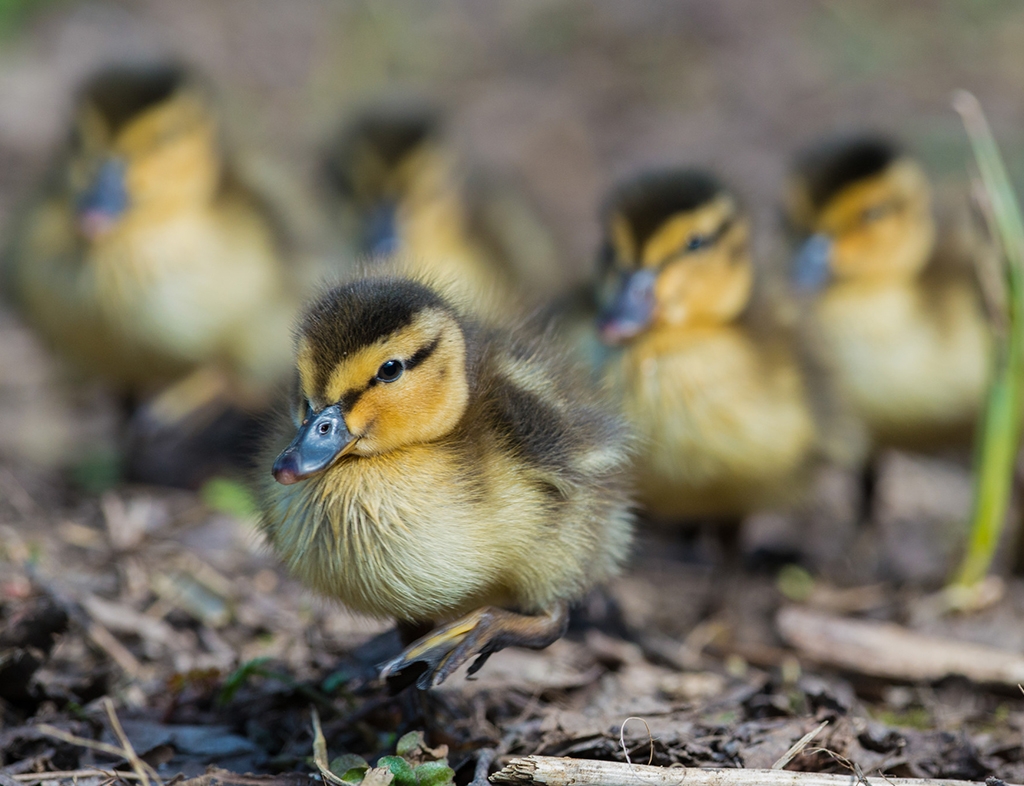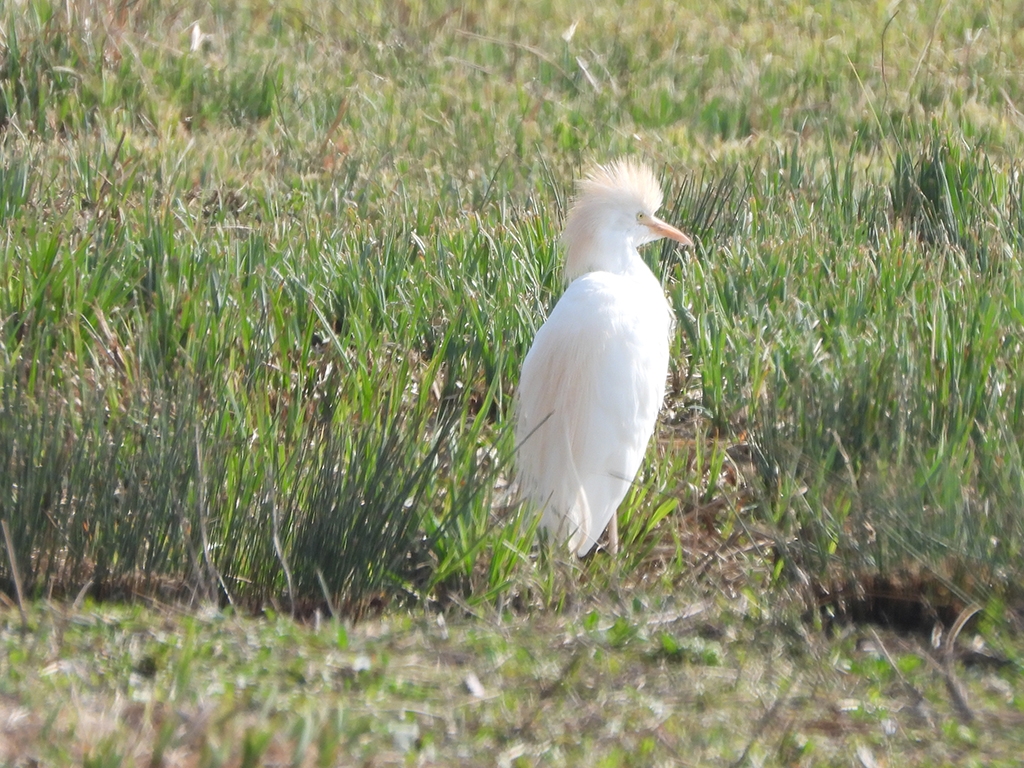Rarae aquatic plants and an abundance of bats
Weekly wildlife blog from WWT Arundel Wetland Centre by Reserve Manager Paul Stevens.
On Saturday David had 12 kingfisher sightings during his morning guide in the hide session! He also spotted a juvenile redshank and a common sandpiper all from the Ramsar hide.
A lapwing seen on the wet area in front of the Lapwing hide during the week was the first since the breeding birds had left.
The Big Butterfly Count continues this week but finishes on Sunday 7 August. The brimstone butterflies are emerging now have a 10 month lifespan. They will hibernate in winter, taking them into the spring next year.
It was a tough week for birds needing insects to feed themselves and their young. Heavy rain caused insects not to fly or remain in sheltered areas. We had several swifts low over the reserve on Wednesday when it was very wet. Swifts stay in the UK is one of the shortest of migrating species and most are already heading back towards Africa.
I found a juvenile grass snake under a survey tin along Wetlands Discovery which hasn’t had a snake recorded there for many years. This could be due to a slight changes in our habitat management or an increase in grass snake population or a combination of both.
Our bat survey last Thursday was a complete contrast to last month survey - we recorded lots of bat activity across most of the reserve. A soprano pipistrelle is now using one of the bat boxes in the reedbed for the first time in two years. On Arun Riverlife we had at least 10 Daubentons bats and 6
soprano pipistrelles. The increase in activity this month is probably two fold with bat maternity roosts dispersing and the wet weather restricting bats feeding to the drier evenings. A juvenile tawny owl was also calling at the edge of the reedbed and a juvenile toad was sat on the boardwalk waiting for its next meal to walk past.
For the third consecutive year we have the rare holly leaved naiad (aquatic plant) in our Wetlands Discovery water ways. The holly leaved naiad is only found in the Norfolk broads in the UK so was a complete surprise to find it in Sussex. I will be mapping its distribution again this year to see if it has expanded its range in this area. The plant creates a fantastic nursery for small fish fry and a great place for aquatic insects to hide away from the larger fish.
